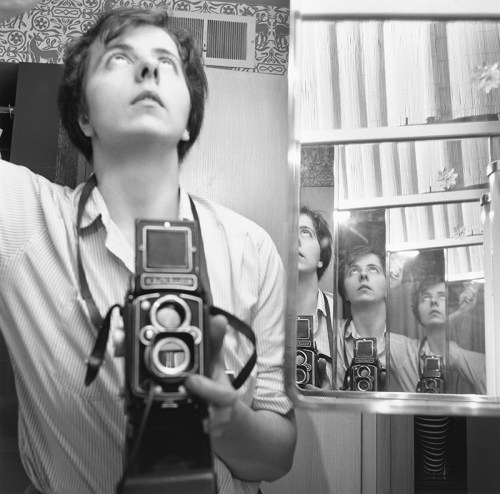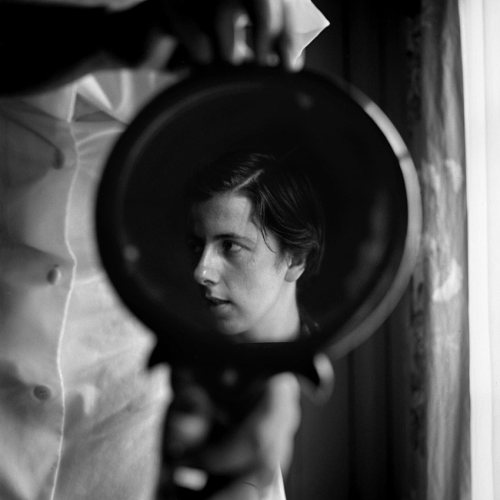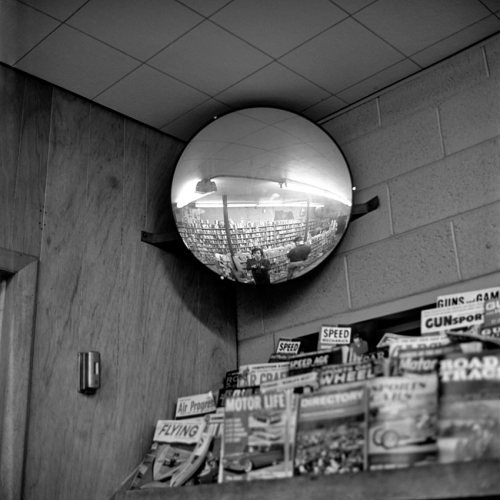Reimaging Cities: Kuala Lumpur is a visual-audio project that has become a very personal one to me. What started off with an idea of making a video about how the media has a somewhat ‘evil’ power over the universal perception of cities, this research project has gone beyond that. It is an introspection on the intricacies of life living in Kuala Lumpur, what it means to be a Malaysian and re-identifying KL by those who live in it, breaking through hovering media narratives. Most importantly, it is a film about belonging.
I managed to source of media narratives from different outlets – online and offline news, first-hand observations about the city, and interviewing a group of young Malaysians of different background and fields. The process was a little overwhelming at first due to the massive amount of information, opinions and angles but it remained very clear that despite recent events our country had to and is still going through, Malaysians still identify Kuala Lumpur, their home. It is a matter of portraying a sense of community and pride using the vast network of the Internet.
A report by the Pew Research Centre researched on the role of news in Facebook and Twitter and found out that when it comes specifically to news and information about government and politics, Facebook users are more likely to post and respond to content, while Twitter users are more likely to follow news organizations. Reflecting on the media narratives of Malaysia, I realized that given today’s rapid dissemination of social media platforms such as Twitter and Facebook, it takes only a click of a button to spread narratives / information like wildfire in an Australian desert. And, the image and perception of a city or a country is wholly based on that piece of information exposed to them in the news.
To effectively express my voice towards this topic which is close to my heart, I was inspired by a handful of short films made by some of my favourite Youtubers who make visually beautiful content which leaves an impact. Sliding away from the vlogging style of most Youtubers, I take cues from the likes of Soul Pancake, Will Darbyshire and JacksGap, to create an integrated form of film-making using stop-motion, interviews, first-person narration, visual tricks and introspection which goes beyond a morning cup of coffee or commuting within the city. Some of which are almost never expressed on commercial media.
I think one of the main challenges whilst creating this video is thinking how to portray a message effectively on camera without just sitting down and speaking about it. With this video, I strive to attract and engage my audience, in hopes of provoking thought, emotion, introspection and conversation about what a city represents beyond the media narratives and what they can do about portraying our home in a more genuine and intimate light. And with that in mind, the creating process can be a very tedious and sweaty one. I realized when you put every ounce of effort and energy into crafting every second of your narrative, you know your film inside-out and understands the complexity in film-making.
The more the city is part of our lives, the more comfortable we are in calling it home. Reimaging Cities: Kuala Lumpur is the lens I invite the world to look into and learn about my home, the one under scrutiny in your daily newspaper.








